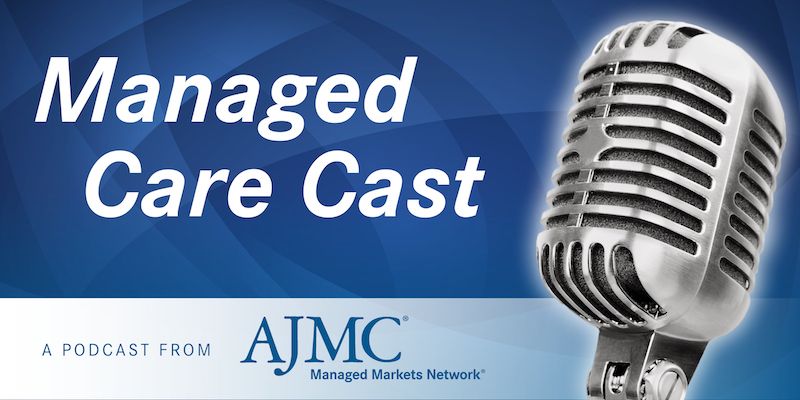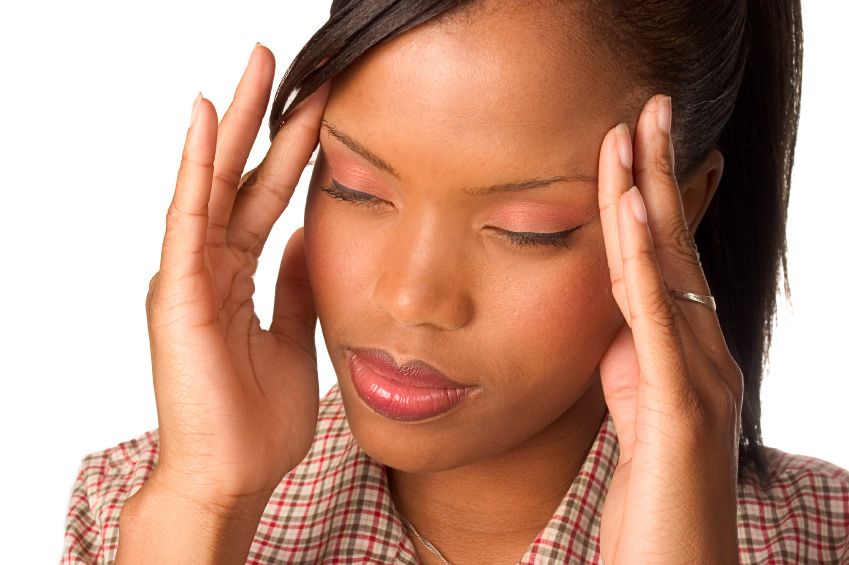Article
How Does Concurrent Cluster Headache, Migraine Impact Rates of Depression and Anxiety?
Author(s):
Patients with cluster headache are at an increased risk of anxiety and depression, especially in the presence of coexisting migraine, according to a study published in The Journal of Headache and Pain.
Patients with cluster headache (CH) are at an increased risk of anxiety and depression, especially in the presence of coexisting migraine, according to a study published in The Journal of Headache and Pain. However, during remission periods, researchers found anxiety and depression can improve.
CH is a rare primary headache disorder in which pain attacks cluster together within bouts that usually last several weeks. Patients with CH often suffer recurrent, excruciatingly severe unilateral pain associated with ipsilateral cranial autonomic features. Eighty percent to 90% of those with CH experience episodic cluster headaches (ECH), when bouts are separated by remission periods that can last more than 3 months.
Migraine is a reported comorbidity in 10% to 16.7% of individuals with CH. Psychiatric comorbidities, such as anxiety and depression, have the potential to negatively impact the clinical course, quality of life, and headache management of migraineurs.
In a prospective study based on data from a Korean multicenter CH registry, researchers investigated “the associations between CH, coexisting migraine, anxiety, and depression during an active episode of cluster bout (acting as the baseline period) and changes in anxiety and depression during remission periods.”
The researchers assessed data from 222 consecutive patients with CH and 99 age-and sex-matched controls. The Generalized Anxiety Disorder- 7 (GAD-7) and the Patient Health Questionaire-9 (PHQ-9) were used to evaluate anxiety or depression, respectively. A score ≥10 constituted moderate to severe anxiety or depression at baseline (during a cluster bout).
Of the patients with CH, the prevalence of anxiety and depression was 67.5% and 59.5%, respectively, while the proportion of patients with CH with moderate to severe anxiety was over 3 times greater than that in controls (38.2% vs10.1%). In addition, the proportion of patients with CH with depression was more than 2 times greater compared with controls (34.6% vs 12.1%).
Data also revealed the following:
- Prevalence of moderate to severe anxiety and depression was highest in the CH with migraine group (51.6% and 45.2%, respectively) relative to the CH without migraine group and the 2 control groups (patients with and without migraine)
- Those with coexisting CH and migraine had the highest odds ratio (OR) for moderate to severe anxiety (OR, 32.53; 95% CI, 6.73-157.12)
- Patients with CH reported any suicidal idea (≥ several days, item score ≥ 1) more frequently compared with controls (26.1% vs 10.1%; P < .001).
- GAD-7 and PHQ-9 scores were significantly reduced between cluster bout and remission periods, from a mean (SD) 6.8 (5.6) to 1.6 (2.8) (P < .001) and from 6.1 (5.0) to 1.8 (2.4) (P < .001), respectively
The authors note the data indicate “the bidirectional relationship between migraine and psychiatric comorbidities may further increase the risk of anxiety and depression among CH patients during a cluster bout.”
Because CH is a debilitating condition, comorbid migraine is often not prioritized when it comes to the clinical management of patients with CH during an active cluster bout period. However, the researchers argue their findings imply clinicians should not underestimate both the presence and importance of migraine in the management of CH. In addition, the data show the cyclical nature of CH impacts psychiatric comorbidities patients experience.
“We have shown that coexisting migraine is a significant influencer on psychiatric comorbidities in patients with CH,” the researchers conclude. “Further clinical and neuroimaging studies are required to elucidate on the possible mechanisms underlying our findings.”
Reference
Kim B, Chung P, Kim B, et al. The impact of remission and coexisting migraine on anxiety and depression in cluster headache. J Headache Pain. Published online May 29, 2020. doi:10.1186/s10194-020-01120-7
Newsletter
Stay ahead of policy, cost, and value—subscribe to AJMC for expert insights at the intersection of clinical care and health economics.

Update on Migraine Patient Care Challenges During the Pandemic

CGRP Inhibitors: A Promising New Class of Drugs for Migraine


